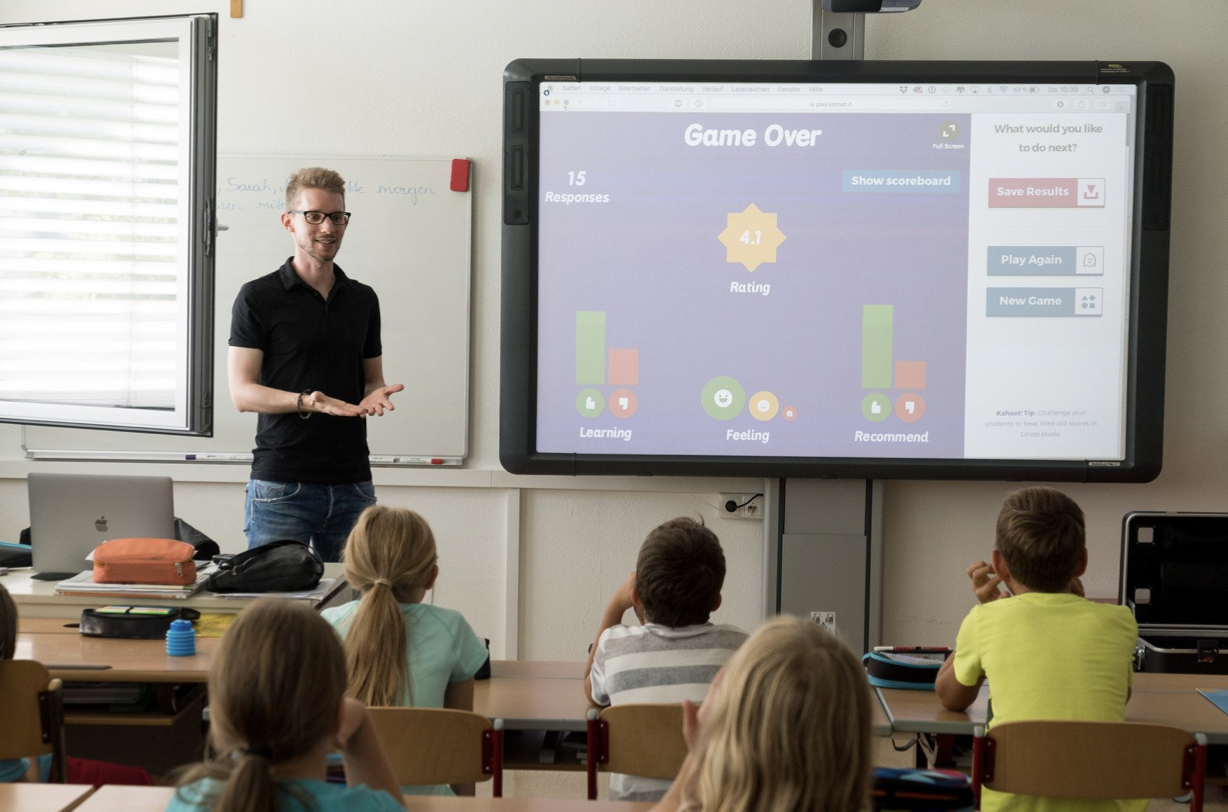A real wage cut of 0.5 per cent for NSW Teachers will reduce economic activity by $332 million.
In August 2021 the Reserve Bank of Australia (RBA) observed that public sector wage growth is the lowest since the Wage Price Index (WPI) began in the 1990’s.
Public sector wages increased by 0.4 per cent in the quarter, as deferrals of increases and wage caps weighed on outcomes in many states…, growth in public sector wages in the March quarter was the lowest since the WPI measure was introduced in the late 1990s.
Wages in the public sector are growing slower than in the private sector throughout 2021. The WPI grew by 2.4 per cent in the private sector to September 2021 and 1.7 per cent in the public sector to September 2021.[i] Both sectors are experiencing wage growth at historically low levels and below the 3 per cent suggested as a desirable in RBA statements.
Across the same 12 months to September 2021, the Consumer Price Index measure of inflation grew by 3 per cent.[ii] At its height inflation spiked at 3.8 per cent.[iii] The RBA forecasts inflation to be between 2 (downside scenario) and above 3 (upside scenario) per cent by the end of 2023.[iv] When inflation exceeds wage growth, workers receive a real wage cut.
The NSW Government has a public sector wage cap of 2.5 per cent which is now at risk of running below inflation. As a result, workers can be expected to demand higher wages or risk a real wage cut.
Like many public sector workers, NSW teachers are currently bargaining for a wage rise above the 2.5 per cent public sector wage cap. This paper calculates the economic impact of wage growth limited to 2.5 per cent if inflation continues at 3 per cent.
Key findings
- Inflation grew at 3 per cent to September 2021 and the RBA forecast that inflation could exceed 3 per cent by 2023 (upside scenario).
- Limiting wage growth for teachers in NSW to the 2.5 per cent public sector wage cap will cut real wages by an average of 511.35 per year.
- Total teacher wages in NSW will decline by $45 million in real terms.
- The decline in real wages for teachers will reduce economic activity in NSW by $347 million.
- Regional activity will decline by $135 million.
Analysis
A 2.5 per cent wage increase during a period of 3 per cent inflation results in a 0.5 per cent real wage cut. The average teacher in NSW will experience a real wage cut of $511.35.[v][vi] The loss is equivalent to $45 million in teacher wages across the state.
According to RBA analysis, the marginal propensity to consume for workers in stable employment, purchasing durable and non-durable goods and experiencing an ongoing change in income (in this case a tax cut) is 0.87.[vii] We assume that a permanent wage cut has the same but opposite effect of a permanent wage increase in the form of a tax cut.
As a result, the real wage cut for teachers will reduce economic activity in NSW by $347 million each year.
Assuming teachers follow the proportion of students in regional NSW (outside of Sydney), $135 million in regional NSW economic activity will be lost.
Please see Appendix A for a breakdown of economic loss by region in NSW.
About the McKell Institute
The McKell Institute is an independent, not-for-profit research organisation dedicated to advancing practical policy solutions to contemporary issues. The data briefings reports analyse data sets and apply insights to current public policy debates.
Contact for Media Comment: Michael Buckland CEO, McKell Institute michael@mckellinstitute.org.au 0401 089 932
Appendix A: economic loss per region as a result of real wage cut for NSW teachers.

[i] https://www.abs.gov.au/statistics/economy/price-indexes-and-inflation/wage-price-index-australia/latest-release
[ii] https://www.abs.gov.au/statistics/economy/price-indexes-and-inflation/consumer-price-index-australia/latest-release
[iii] https://www.rba.gov.au/media-releases/2021/mr-21-14.html#:~:text=The%20CPI%20inflation%20rate%20spiked,at%20around%201%C2%BE%20per%20cent.
[iv] https://www.rba.gov.au/publications/smp/2021/nov/economic-outlook.html
[v] https://www.nswtf.org.au/files/schools_and_saturday_schools_salary_rates_2020-2021.pdf
[vi] https://au.indeed.com/career/teacher/salaries/Sydney-NSW
[vii] https://www.rba.gov.au/publications/rdp/2009/pdf/rdp2009-07.pdf


SOCIAL SHARE